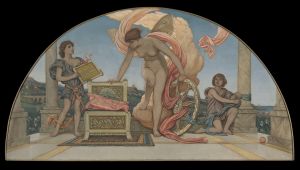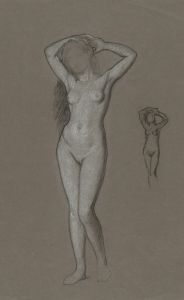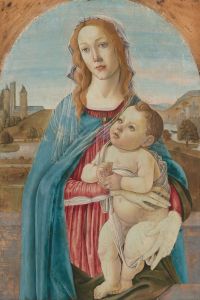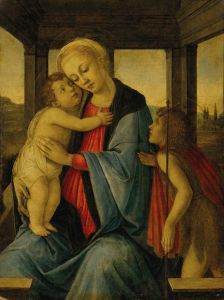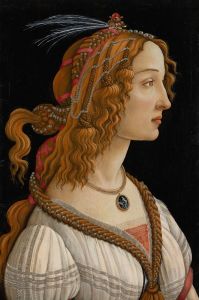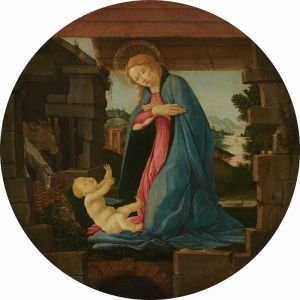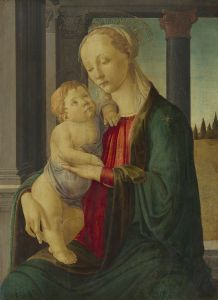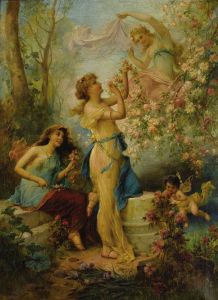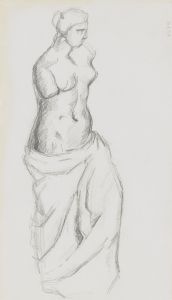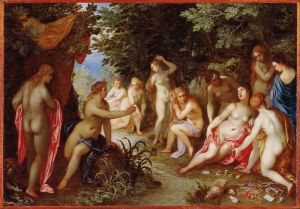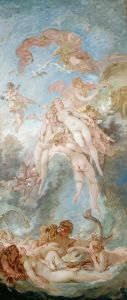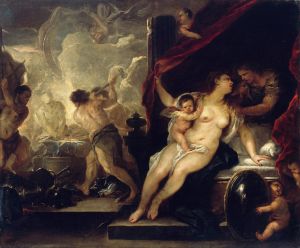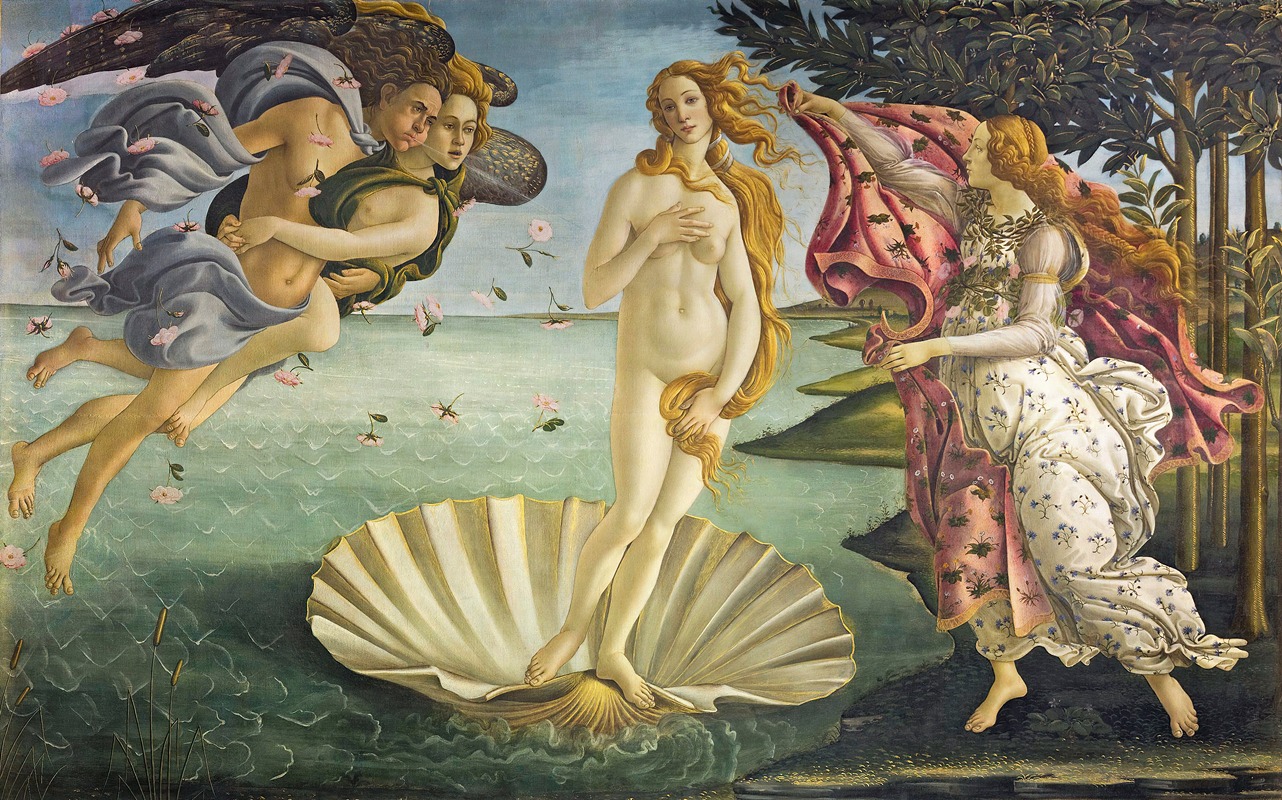
Birth Of Venus
A hand-painted replica of Sandro Botticelli’s masterpiece Birth Of Venus, meticulously crafted by professional artists to capture the true essence of the original. Each piece is created with museum-quality canvas and rare mineral pigments, carefully painted by experienced artists with delicate brushstrokes and rich, layered colors to perfectly recreate the texture of the original artwork. Unlike machine-printed reproductions, this hand-painted version brings the painting to life, infused with the artist’s emotions and skill in every stroke. Whether for personal collection or home decoration, it instantly elevates the artistic atmosphere of any space.
The Birth of Venus is a renowned painting by the Italian Renaissance artist Sandro Botticelli. Created around 1484–1486, the work is one of the most iconic masterpieces of the Early Renaissance period. It is painted with tempera on canvas, a medium that was relatively uncommon at the time, as wood panels were more frequently used for major works. The painting measures 172.5 cm × 278.9 cm (67.9 in × 109.6 in) and is housed in the Uffizi Gallery in Florence, Italy.
The painting depicts the mythological birth of Venus, the Roman goddess of love and beauty, emerging from the sea upon a shell. This imagery is inspired by classical mythology, particularly the writings of the ancient poet Hesiod, who described Venus (Aphrodite in Greek mythology) being born from the sea foam. In Botticelli's interpretation, Venus is shown as a nude figure standing gracefully on a large scallop shell, being gently blown toward the shore by the wind gods Zephyrus and Aura (or Chloris, depending on interpretation). On the right side of the composition, a female figure, often identified as one of the Horae (goddesses of the seasons), waits to drape Venus with a flowing robe adorned with floral patterns.
The painting is celebrated for its harmonious composition, delicate use of color, and the ethereal beauty of its figures. Botticelli's Venus is characterized by her elongated proportions, flowing golden hair, and serene expression, embodying the Renaissance ideal of beauty. The background features a stylized seascape with waves rendered in a decorative, almost abstract manner, contributing to the dreamlike quality of the scene.
The Birth of Venus was likely commissioned by a member of the powerful Medici family, who were prominent patrons of the arts in Florence during the Renaissance. While the exact patron is not definitively known, it is often associated with Lorenzo di Pierfrancesco de' Medici, a cousin of Lorenzo the Magnificent. The painting reflects the humanist ideals of the time, blending classical mythology with the Renaissance's renewed interest in the natural world and the human form.
The work's nudity, which was unusual for the time, is thought to have been inspired by classical sculptures and texts rediscovered during the Renaissance. However, Botticelli's treatment of Venus is modest and idealized, emphasizing her divine and otherworldly nature rather than sensuality.
Over the centuries, The Birth of Venus has become one of the most celebrated and widely recognized artworks in Western art history. Its influence can be seen in countless works of art, literature, and popular culture. Today, it remains a symbol of beauty, creativity, and the enduring legacy of the Italian Renaissance.





